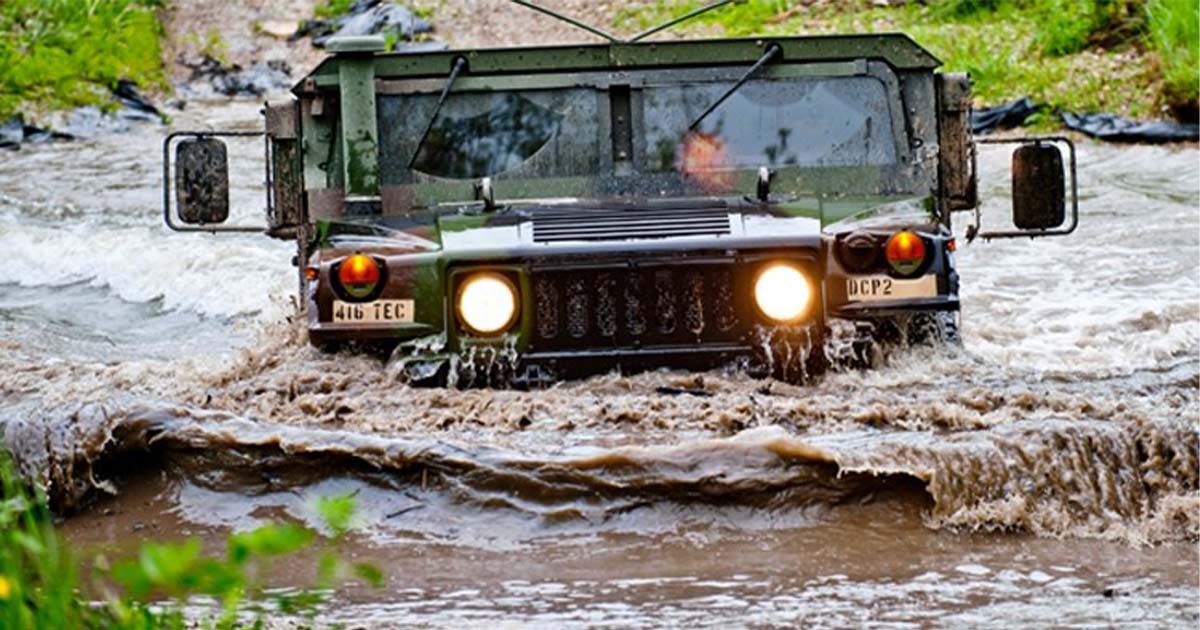
You must have noticed once that almost every military land vehicle, especially humvees (High Mobility Multipurpose Wheeled Vehicle), uses diesel as their primary fuel. Yes, I know the traditional answers would be: because diesel provides more torque, it is more efficient, it is cheaper, and so on…
But there is still one important thing that makes diesel a better choice for military humvees. It is the underwater advantage! Military humvees would have extremely tough missions in places with rivers and lakes, and they need to pass through them. And here comes a bunch of questions to your mind.
How does the engine continue to work underwater? Doesn’t it need air for combustion? From where will the engine get the needed air? And why would the diesel perform better than gasoline underwater?
Engine Operation
Any engine could operate underwater as long as you provide it with the needed protection and the needed supplies. But the interesting thing is that we always see that most of the vehicles used to operate underwater, whether it was a car or a submarine, are powered by a diesel engine, and this makes me wonder!
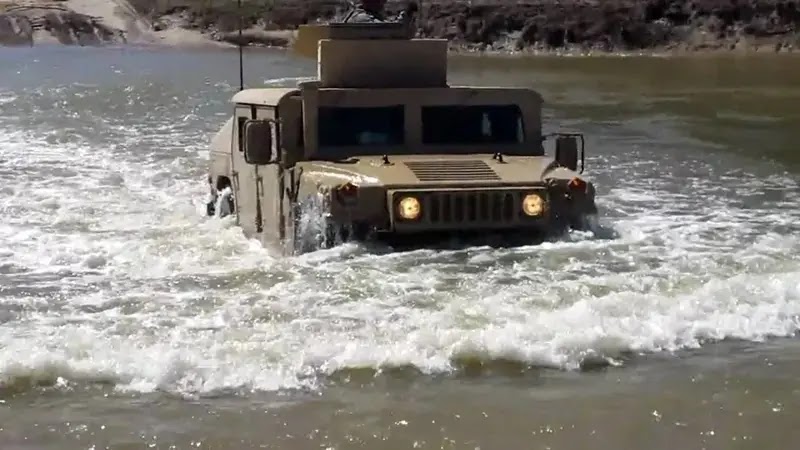
Military vehicles are often seen operating in “extreme” situations, which can involve deep submersion while crossing a river. Developing a vehicle that can operate submerged is a difficult task since any sort of combustion engine requires an air supply and the ability to release exhaust gasses in order to function.
As long as the water isn’t too deep, the exhaust gases should be able to handle themselves. But the problem exists with the air inlet. When submerged, the engine loses its ability to obtain air and eventually stops working.
So how is this problem solved? And why are diesel engines better for underwater operations?
Air inlet problem
Actually adding what is known as a snorkel solves the air intake issue. This addon makes the vehicle able to suck air even if the vehicle is inside the water. It is just as the snorkel we use while swimming. Take a look at this picture to know exactly how it’s used:

A connected snorkel on military Humvees permits submersion in water as deep as 5 feet (1.6 meters), depending on the model. This kind of submersion necessitates waterproofing the whole vehicle, including the engine.
Many 4×4 vehicles are equipped with an underwater air intake “snorkel.” The engine can then function in water… or at least in a small amount of water. Whenever there are “any” leaks or the snorkel goes too close to the water, the engine shuts off.
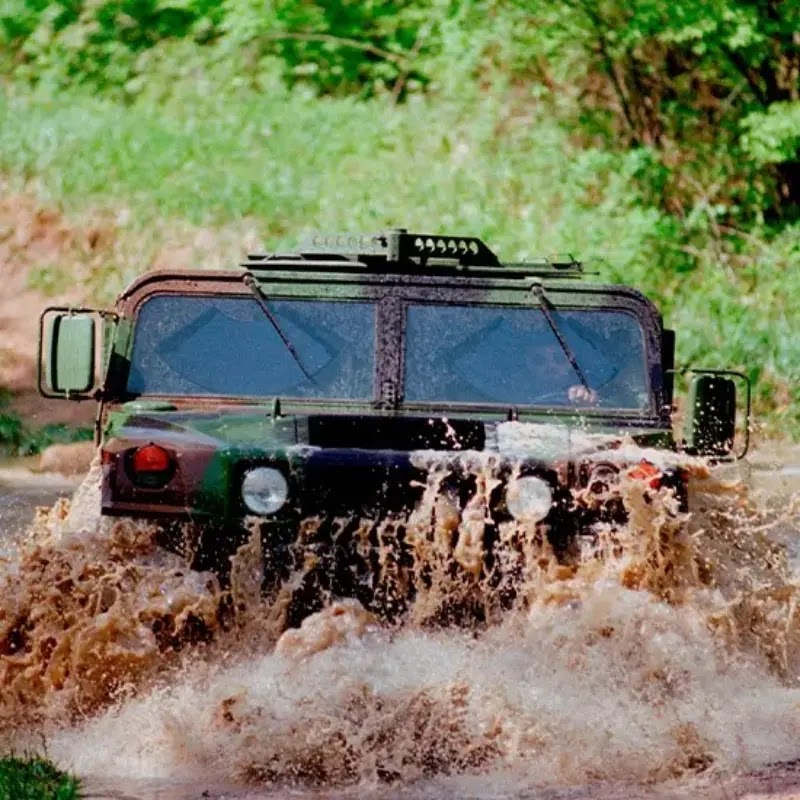
Other precautions
There are several factors to consider while waterproofing an off-road vehicle. To illustrate, consider the following points:
- Instruments, engine control computers, motors (for fans, windshield wipers, etc.), lighting, batteries, and other electrical equipment must all be sealed entirely in the vehicle.
- Crankcase vents, differential vents, and any other openings must be sealed (or vented at the same level as the snorkel).
- The fuel tank’s lid and vents must be properly sealed and aligned.
- A drain is required in every room or hole that has the potential to accumulate water.
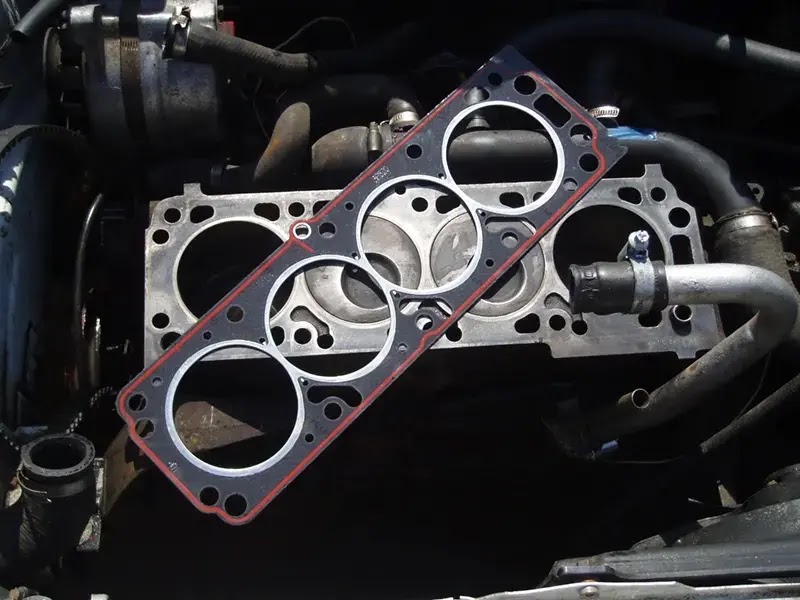
Suppose all of the above conditions are met, and the engine is waterproof. In that case, the vehicle will be able to operate submerged.
Why is a diesel engine better for underwater operations?
Due to the gasoline engine’s sparkplugs and ignition system, it is generally easier to waterproof a diesel engine. Because these components operate at such a high voltage, it’s more difficult to seal them (but not impossible). A diesel engine, on the other hand, lacks an ignition system.
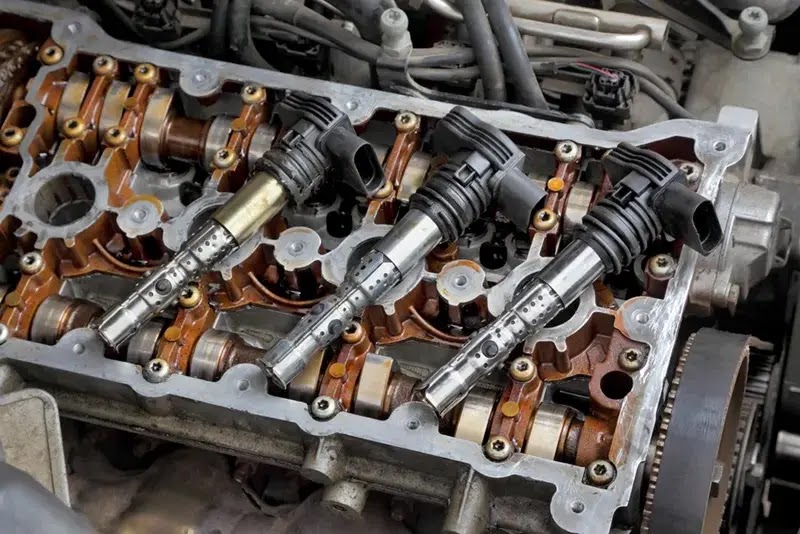
After starting a diesel engine, no further electricity is required to keep it running. Which is another advantage for underwater diesel operation.
Older diesel vehicles that don’t have electrical components are ready to take you in the river for some adventure, as long as you keep the air intake above the water.

On the other hand, when the spark plugs of a gasoline engine are shorted, the engine will not run. Yes, they can be sealed, but this sealing could wear easily after some time under the water.
Due to these reasons, diesel engines are more easily waterproofed. As a result, diesel engines are used in the majority of military vehicles that cross rivers or run underwater.
No comments:
Post a Comment